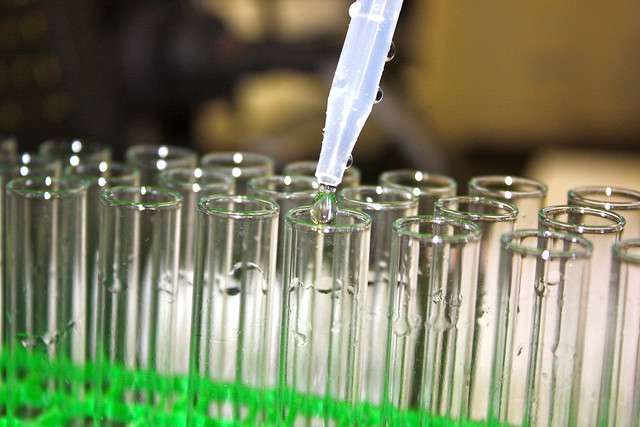
Raising a large family takes its toll on the bank account, especially when it comes to the grocery bill. With six mouths to feed, I’m always looking for a good deal, but not at the cost of quality. With all the talk surrounding the use of GMO foods, I believe it’s worth the extra dollar to avoid possible health issues down the road.
In a world where agricultural food production relies heavily on science and technology to grow mass amounts of plant-based foods, finding safe and reliable food sources can be a challenge. Because plants are the foundation of all of our food sources, in order to meet the high demands of the agricultural industry, our society has become dependent upon genetically engineered foods without regard for health or nourishment quality1.
Now, spectral analysis of chloroplast pigments offers a new technology that unlocks the secrets to improving food quality without resorting to the use of genetically modified organisms. Spectrophotometric technology reveals the natural growing processes of plant-based foods and sheds a light on new methods for improving both production and nutritional value in our foods without the added risks associated with GMOs.

The push for non-GMO ingredients is driving the agricultural industry to look for new options in farming technology to keep up with consumer demands. Image Source: Flickr CC user neetalparekh




